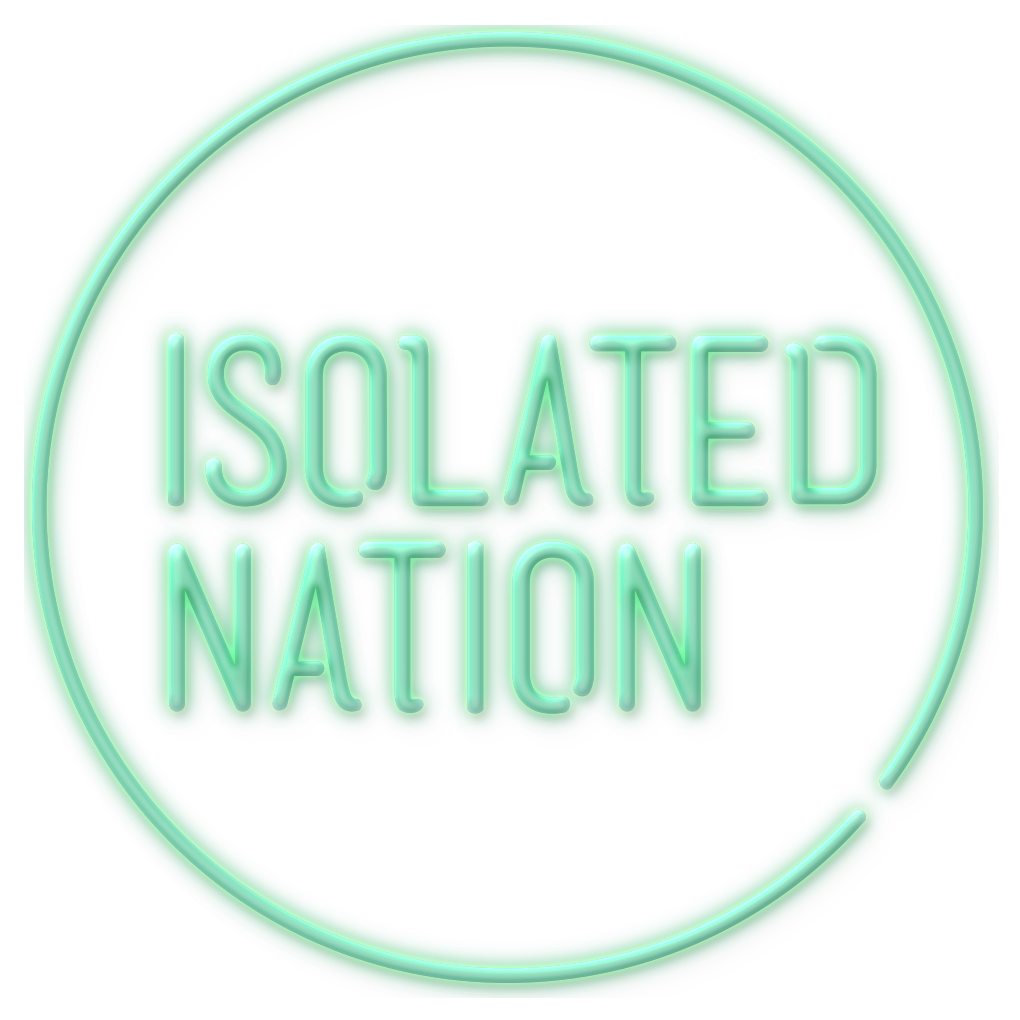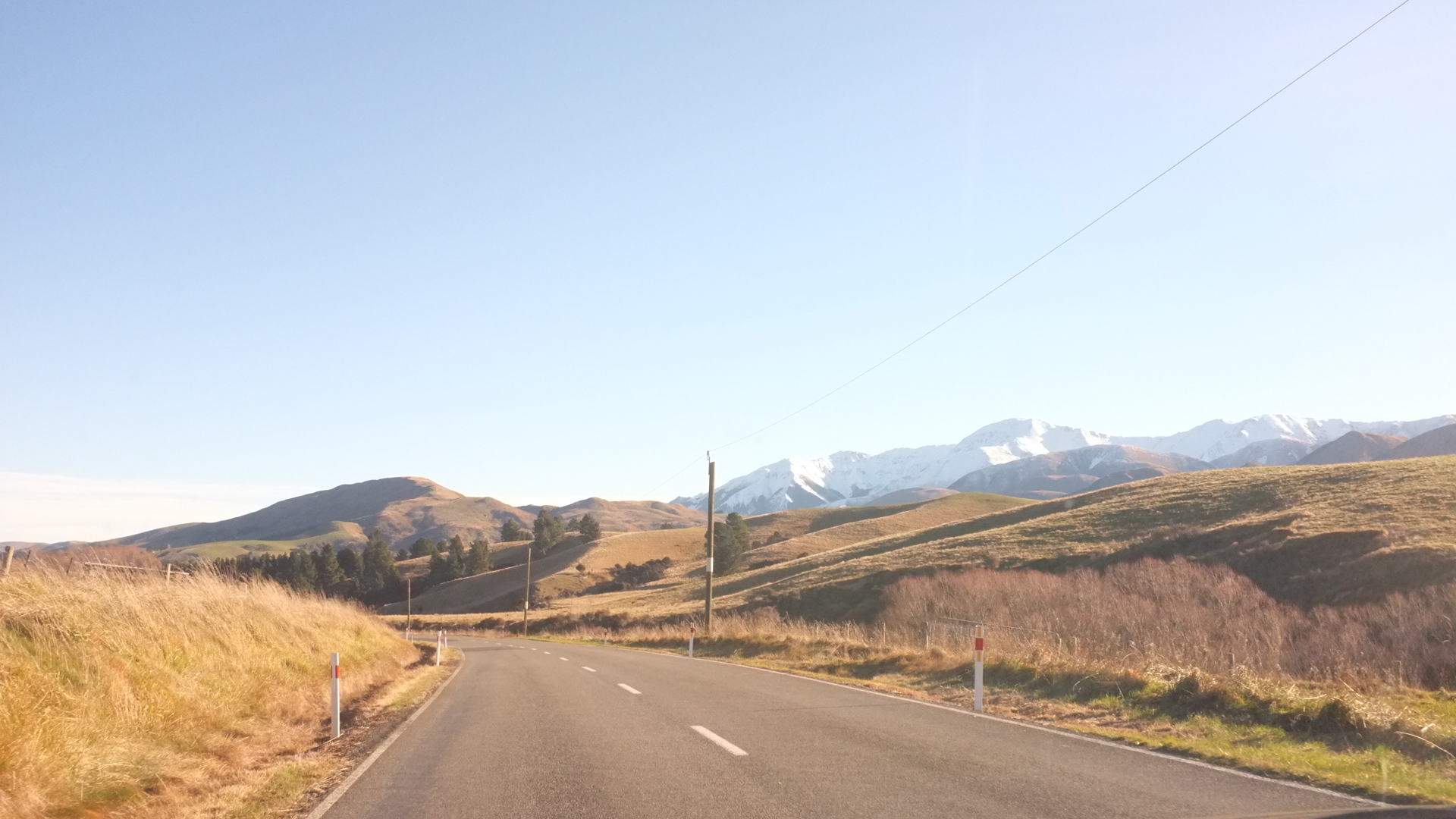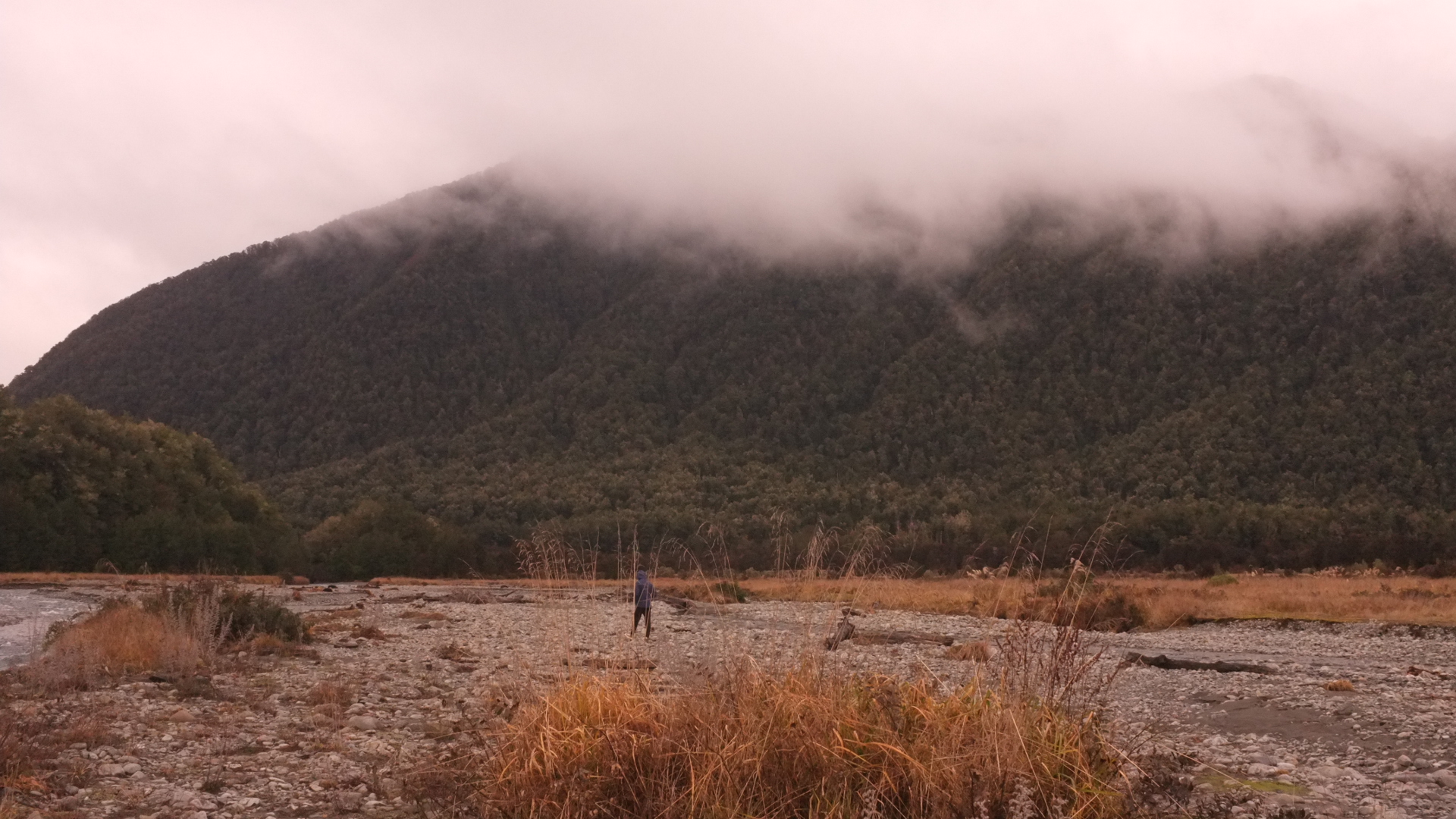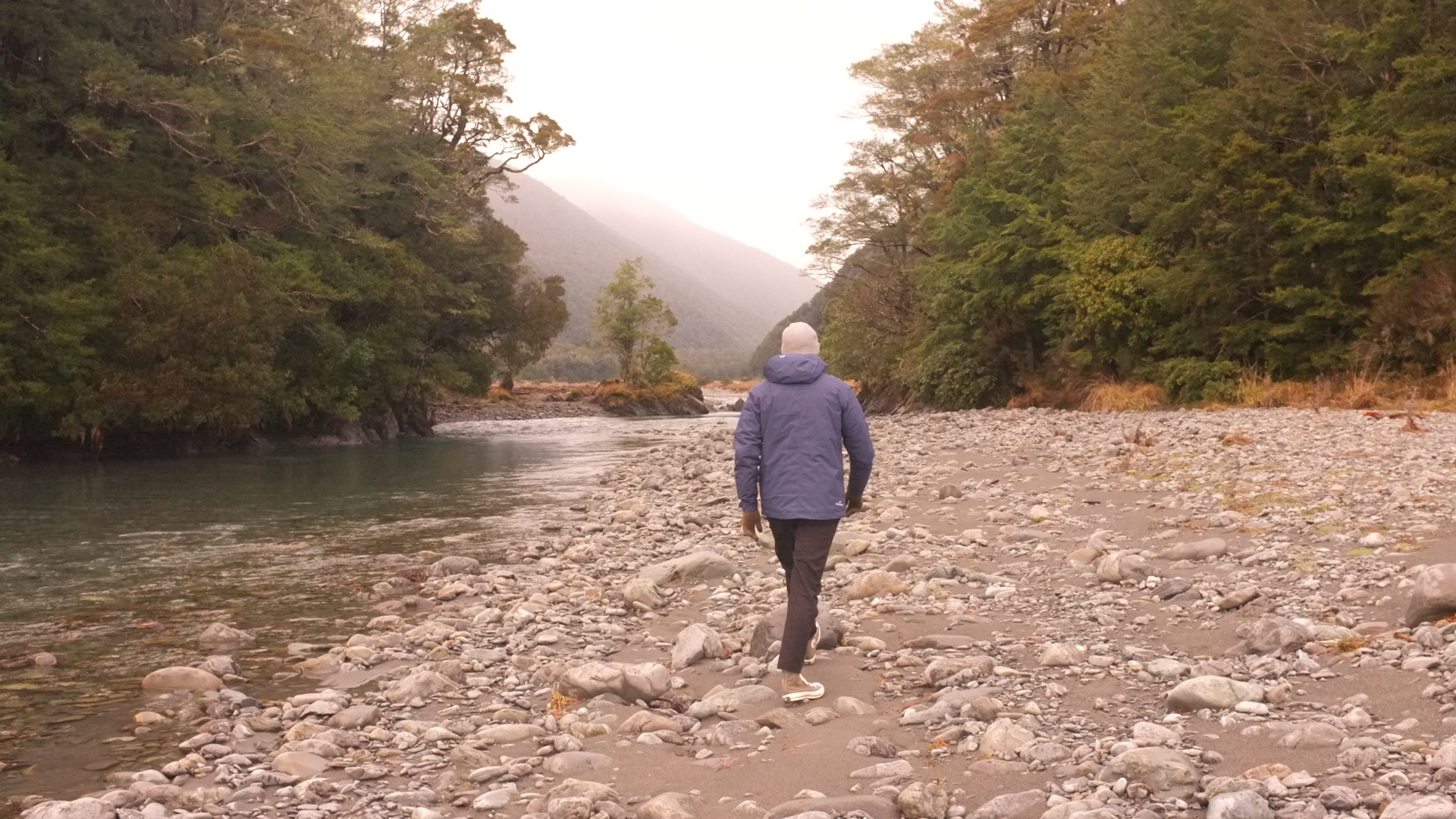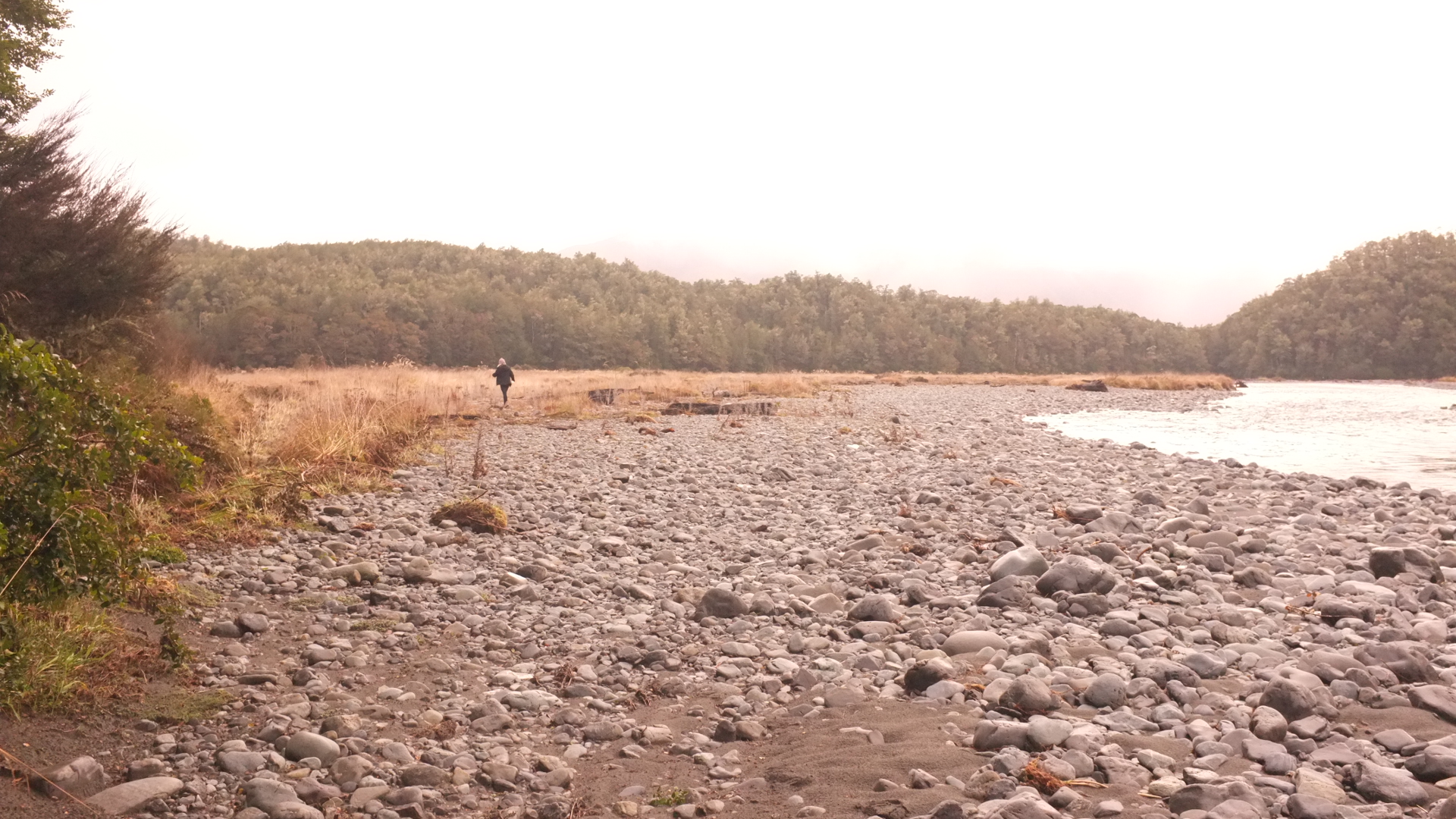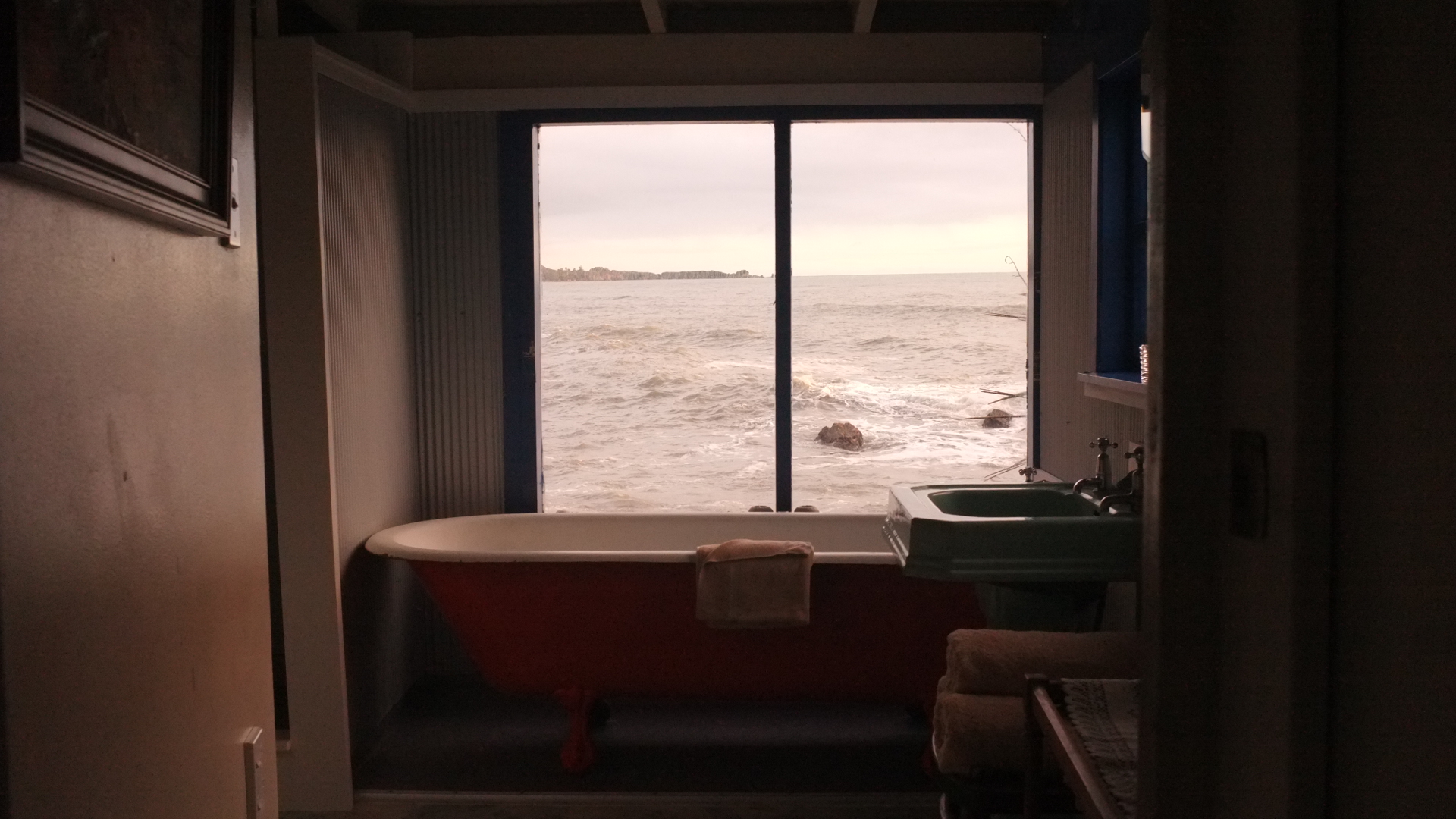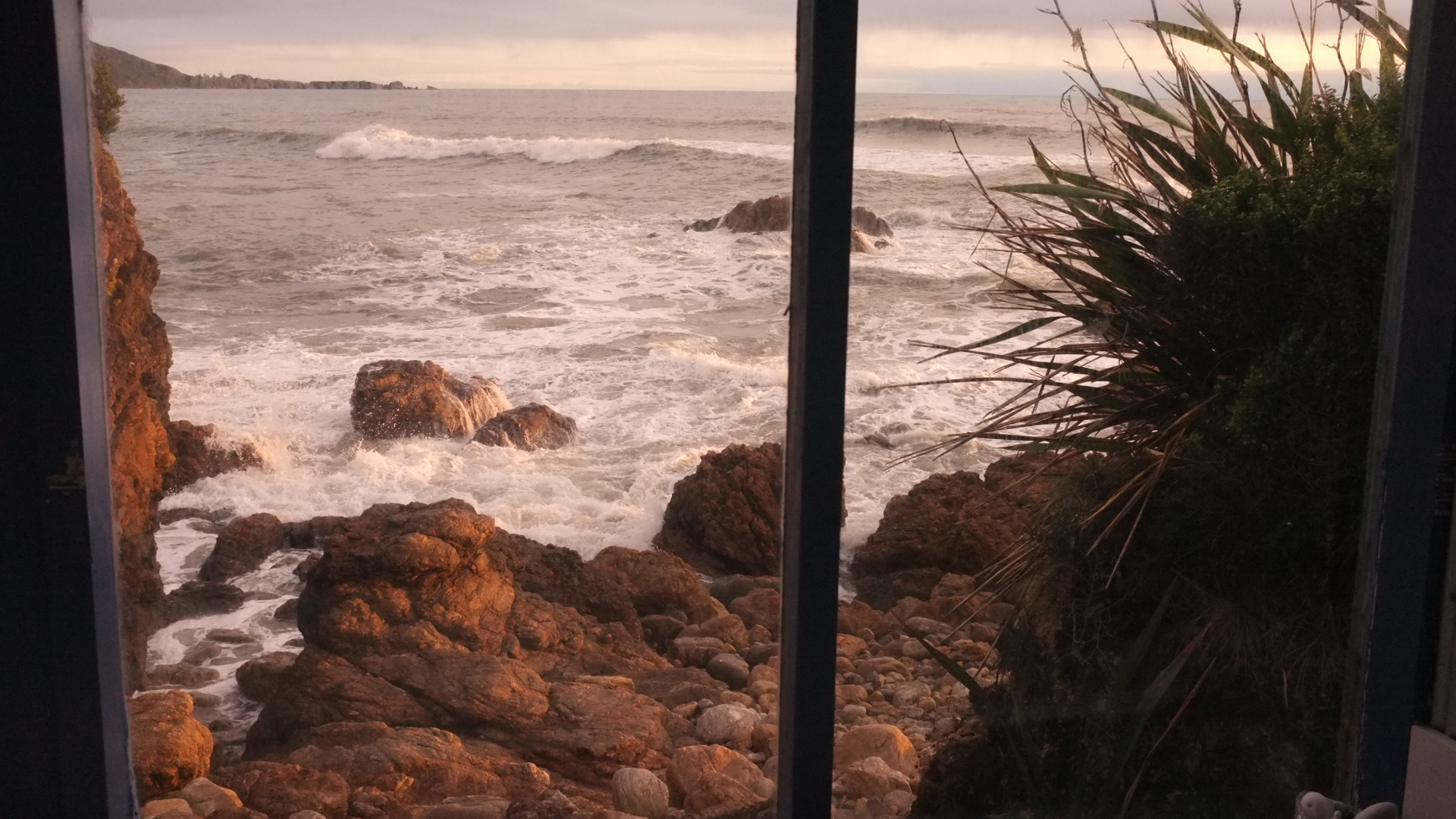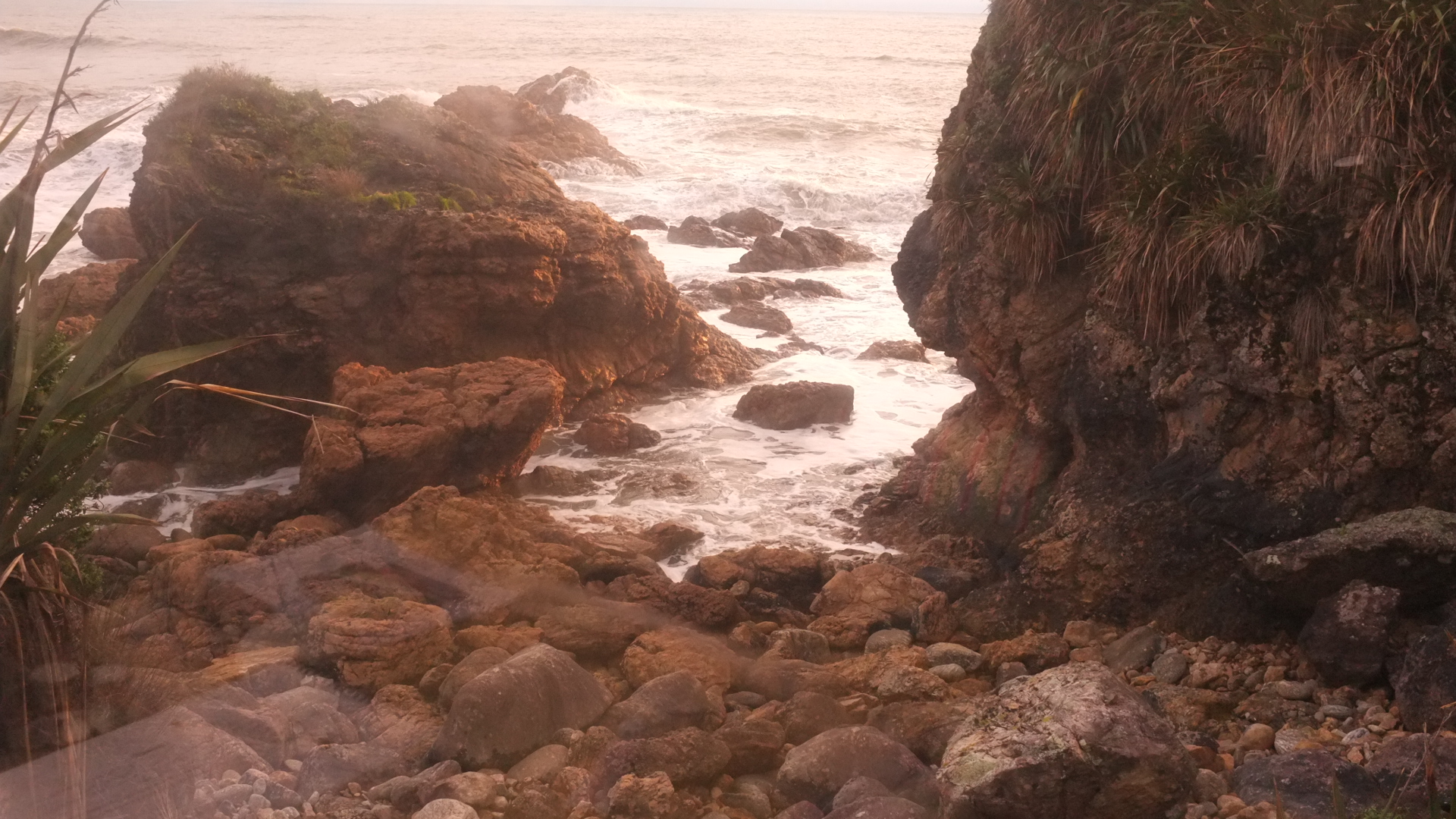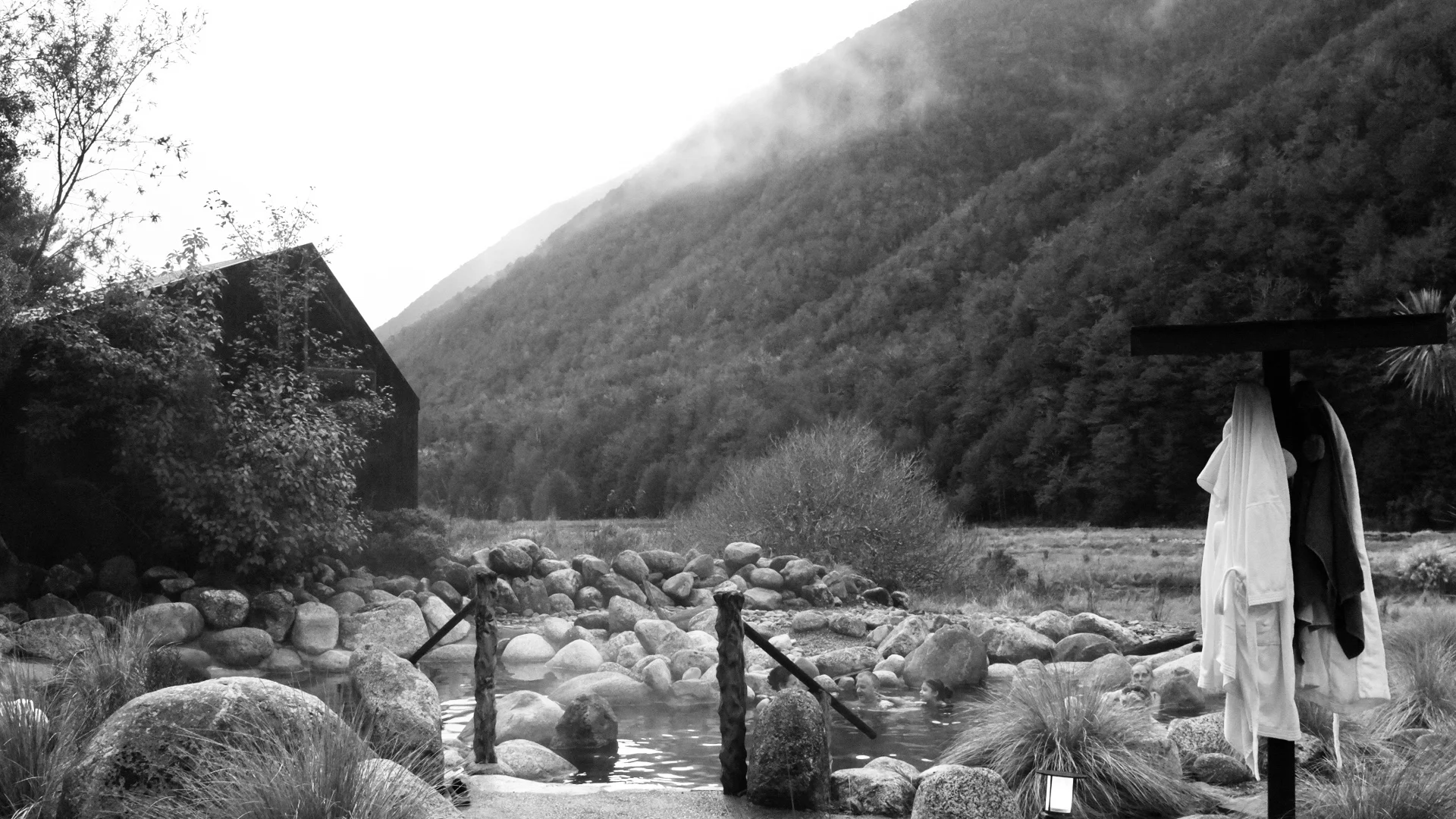LIFESTYLE NATION: A GUIDE TO NEW ZEALAND'S SOUTH ISLAND
New Zealand’s South Island has unparalleled scenic variety. The island can be divided into three main sections — in the north, there is Malborough and Nelson. In the centre there is Canterbury and the West Coast, and in the south there is Otago and the southland.
From snow-capped alps, lakes, rivers and fiords, to golden sand beaches and world-class vineyards, there was so much to experience in a little over a week’s worth of travel. Read our play-by-play guide on what to see, where to stay, and how to navigate this special corner of the earth!
DAY ONE & TWO — FERRY RIDE TO PICTON TO KAIKOURA
Following a very relaxing ferry ride, we disembarked and drove our car along the north-east coast of the South Island to a dozy seaside town called Kaikoura. Just like the north island, travelling around by car will allow you to get as much done as possible in New Zealand.
The region is famous for its surf — particularly in the wintertime. We stayed right on the coast with incredible views of the ocean out front and dazzling mountains situated behind. Here you can see a pod of sperm whales throughout the year. Eco-tourism companies take visitors out to sea in boats to spot whales and other marine life but it is best to book in advance. After a day of relaxation by the sea, we had a quick bite in town and drove inland along the state highway towards Hanmer and Maruia Springs in the Lewis Pass National Park. For the wine fanatics, Pegasus Bay Winery is on the way inland! If you have a little more time up your sleeve, we would recommend checking out the Nelson Lakes National Park at the northern tip of the southern alps for some pleasurable hiking.
DAY THREE & FOUR — MARUIA SPRINGS
As the region is incredibly mountainous, you will find yourself zig-zagging across the island. Many of the roads in this region are narrow and unsealed so we took the drive slow and soaked in the sights of the national parks. Maruia Springs is the perfect pitstop along the way. You can read about all of the benefits of using the hot springs and the surrounding hikes here!
DAY FIVE & SIX — PUNAKAIKI & THE WEST COAST
We continued our drive through the mountains and finally reached the West Coast, which had a distinctly tropical feel (despite the winter). The west coast, occupying a narrow strip of land between the Tasman Sea and the southern alps, has the highest rainfall in New Zealand. It also has some of the best examples of untouched rainforest. We stocked up on supplies in the local town of Greymouth, and then followed the coastal roads up to Punakaiki. The region is largely untouched and best of all, seals and dolphins are regularly seen in the waters!
We stayed right on the coast in a ‘bach’ — known as a small, often very modest holiday home or beach house in New Zealand. Baches have been an iconic part of the country's history and culture, especially in the middle of the 20th century, where they symbolised the beach holiday lifestyle that was becoming more accessible to the middle class.
Our little Bach was secluded, private and had everything we needed to nestle into nature for a couple of days. We did not venture far during our time in the Bach — only out to take walks along the rocks and the coastal roads. The fireplace kept us toasty at night while we indulged in fresh seafood marinara and white wine.
For me, one of the highlights of this stay was waking up to the sound of the waves crashing on the rocks below the bach. Before long, it was time to board our Rav-4 and set out for a lengthy drive to the lakes area.
DAY SEVEN — LAKE TEKAPO AND LAKE PUKAKI
We made the decision to stop in the lakes region on our way down to Queenstown, and safe to say, we were not disappointed. There was a lot of driving involved in this leg so saddle up!
Lake Tekapo is a remarkably blue body of water caused by finely ground particles of rock brought down by the glaciers at the head of the lake and held in suspension in the melt water. The region is a popular spot for fishing, boating, kayaking and hiking. Likewise it is a charming spot to pass through for a meal. We opted to stay the night and in the morning after a brisk 3 hour hike, we set off for another glacial feature of New Zealand, Lake Pukaki. This was by far the most incredible body of water we had seen on the trip so far. I later learned that Pukaki gets its distinctive blue colour as a result of glacial erosion and the sediment byproduct. Nearby and on the way to Wanaka is the Mount Cook Alpine Salmon farm if you are hunting for some fresh fish to cook! Otherwise you can skip the fish farm and opt in for a hot meal at the local RSL in Twizel.
DAY EIGHT — WANAKA
After some intense driving, we set out for our final destination which was Queenstown, commonly crowned as a must-visit destination. We had split our final six days evenly across Wanaka, Cardrona and Queenstown, with Wanaka as our first stop. We didn’t do much in the city itself apart from indulge in its food and a couple of hikes in the Mt Aspiring National Park. The national park’s scenery ranges from snow and glacier clad mountains, to rugged rock faces, spectacular forested valleys and picturesque river flats. Unfortunately, we got a little carried away with the hiking and missed out on checking out the very famous Rippon Vineyard.
DAY NINE & TEN — CARDRONA
For snow lovers, Cardrona Valley is the place to be — seeing as it’s all about the snow! The area itself has a hotel, a handful of Airbnbs, a restaurant, distillery and a coffee van. We stayed in a super comfortable studio which was well-equipped to accommodate a couple as well as a third guest. We were able to cook meals in the small kitchen, and kick back to watch some post-snow Netflix.
On one night, we spent a couple of hours in the heated spa pool. This Airbnb was a the perfect base to enjoy and explore the whole area around Wanaka, Queenstown and its further surrounds.
DAY ELEVEN & TWELVE — QUEENSTOWN
Queenstown, at last! The scenic town is surrounded by The Remarkables, and overlooks Lake Wakatipu. The town is very much a tourist destination with snowboarding/ski shops on every corner. After tiring ourselves out with three days on the slopes, there wasn’t much left in the tank for other adventure sports.
If you’re also up for a quick degustation, then we recommend Amisfield or Bunker Restaraunt.
Before we knew it, it was time to return our beloved maroon Rav-4 and head home to Australia. We designed our itinerary to take in as many of New Zealand’s highlights as possible while keeping the long-distance drives manageable. We divided our time almost evenly between the north and south island but so many destinations left us wanting more. We will definitely return to explore more of New Zealand, possibly in the summertime.
